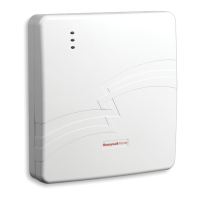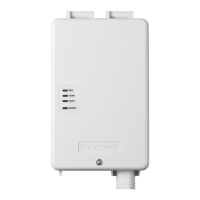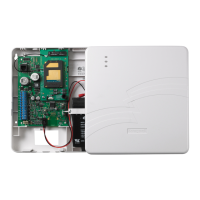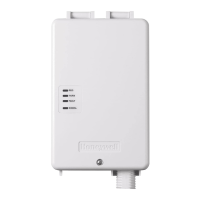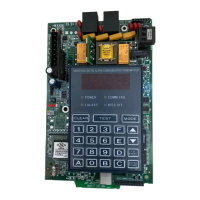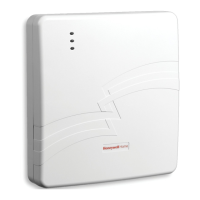Revision 0 Mar/2003
4
KHF 1050/PS440 Pilot’s Guide
Perform the following steps to set the
squelch:
1. Rotate the left outer concentric knob to
the SQL position. See Figure 3. The
value of the active squelch is displayed on
the right bottom row of the display. At sys-
tem power-up the last selected squelch will
be active.
2. Press the FUNC button to cycle through
the four types of squelch. Turn the right
inner knob to select the desired value for
the selected squelch type. See Figure 4.
NOTE: It is important to know that squelch
operation in HF is not as predictable as in
conventional VHF communications. It is
not unusual for conditions to make it
necessary to make squelch inactive
(open) to maintain satisfactory recep-
tion. Otherwise the signal may fade below
the threshold you have set on the squelch,
and you may miss an important message
from a ground station. This is unlike VHF
receiver squelch where you are normally
dealing with a strong, non-fading signal.
For this reason SELCAL may be a desir-
able option.
DIRECT TUNING A FREQUENCY
SELECTING THE PROPER OPERATING FREQUENCY
Long range communications are possible due to the signals being
reflected back to earth by the ionosphere. The ionosphere’s ability to
propagate HF radio signals is dependent on many factors. These
include time of day, season of the year, solar activity and latitude.
Various frequencies propagate differently as they travel through the
ionosphere. See Appendix A for more information.
It is important that the selected operating frequencies be appropriate for
the distance between the aircraft and the ground station or other aircraft.
If communications cannot be established on a particular frequency,
attempt to establish communications on other appropriate frequencies.
Table 1 summarizes the typical propagation distances of various fre-
quencies.
In direct tune operation, the pilot may select directly any of 280,000 fre-
quencies in the range of 2.0 to 29.999 or 29.9999 MHz depending on
installation configuration.
Figure 4
Figure 3

